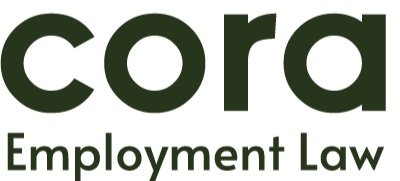Direct discrimination under the Equality Act 2010. What is it, and how can you prove it?
Direct discrimination means treating someone less favourably because of their protected characteristic.
The legislation explains this as follows;
A person (person A) directly discriminates against another person (person B) where:
A treats B less favourably than A treats or would treat others, and
A does so because of a protected characteristic.
Less favourable treatment should be looked at from the perspective of an individual rather than the larger group of which they form part. Thus, if people with different protected characteristics, eg men and women, are subjected to the same restriction, eg not being permitted to mix with the opposite gender, any individual is being treated less favourably than if they were of the opposite characteristic by virtue of who they are being allowed to mix with. Separate but equal treatment can therefore amount to unlawful direct discrimination.
Less favourable treatment is interpreted quite straightforwardly, to mean generally experiencing a detriment or disadvantage. For example, not receiving a benefit, being paid less, or being obliged to retire when one does not want to, would constitute less favourable treatment.
In examining whether the treatment was less favourable, the comparison must be shown to demonstrate it.
Merely treating a worker unreasonably will not amount to direct discrimination. If it can be shown that the employer would have treated all workers similarly badly, then there will have been no 'less favourable treatment' and, therefore, no direct discrimination. It will often be far more difficult for the employer to explain blatantly unreasonable treatment of a worker, and it might be inferred from the absence of an adequate explanation that discrimination has occurred.
Different treatment is not the same as 'less favourable treatment': it must be shown objectively that the treatment of the prospective claimant was worse than that of the comparator.
If you have any queries over whether you have been treated less favourably because of a protected characteristic, use the contact us page to call or email to arrange your free consultation call. Your worry may be nothing at all or it may be you have experienced some bad treatment at work which you suspect is not lawful. Either way, it is better to know where you stand when it comes to this area of law. There is no obligation to sign up and it may help put your mind at ease.
